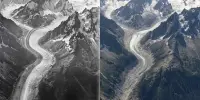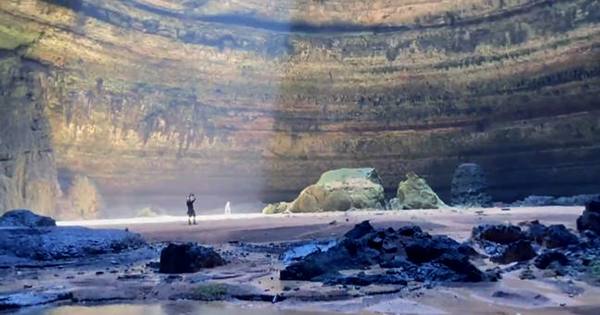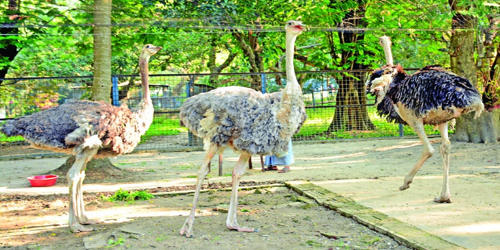In the summer, the Puerco River should be rather dry. The river, however, raged with a radioactive torrent in the early hours of July 16, 1979, the greatest unintentional discharge of radioactive material in US history. In comparison to earlier nuclear disasters such as Chornobyl or Fukushima, the issue drew very little notice, indignation, or help despite the 94 million gallons of radioactive liquid spilling into the environment and the long-term effects on the surrounding people. The rest of the story is a frustrating tale of ineptitude and disdain — but how did this happen?
The Mill is a type of mill. The uranium mill operated by the United Nuclear Corporation near Church Rock, New Mexico, was the source of the spill (UNC). The mill processed uranium ore from UNC’s Northeast Church Rock Mine, which had been in operation since 1967. The mill and mine have been spewing radioactive and pollutants into the environment even before the Church Rock catastrophe. Untreated water was released into the Pipeline Arroyo, a tributary of the Puerco River, with some witnesses recalling a “yellowish slime” coating the banks.
During the mine’s operation, roughly 3.5 million tons of ore were removed through two main underground holes. The Church Rock mill was designed to handle 4,000 tons of ore per day, grinding it down and soaking it in sulfuric acid to extract the uranium oxide, leaving a slurry of radioactive waste known as tailings behind. These tailings were held in large lakes with earthen barriers around them.
UNC, on the other hand, neglected to insulate the dams’ walls to keep the acidic tailings from eroding them, and the terrain on which they were built was unstable, increasing the chance of the dams cracking – which they did. Surveyor Larry King detected “fist-sized fissures” in the south side of a dam just before the tragic spill in 1979. Since 1977, UNC has been aware of fissures developing.
The Leak, It’s worth noting that the majority of the locals were Indigenous, largely Navajo. Residents relied on the Puerco River to irrigate their cattle and crops, as well as groundwater for drinking, due to the arid environment. The river was even given the name Tó Nizhón, which means “beautiful water” by some. That June morning, however, was everything but lovely.
On July 16, 1979, around 5:30 a.m., calamity struck when the dam burst. At 6:00 a.m., a worker saw the break and built a temporary barrier, which stopped the avalanche of solid tailings by 8:00 a.m. But it was too late: 94 million gallons of radioactive liquid waste, coupled with part of the 1,100 tons of solid tailings that had already escaped, were streaming down the river. Larry King told VICE, “I recall the horrible stink and the reddish tint of the water.” “I had no idea what was going on, but it was an unpleasant sensation. When I arrived at work, I saw that the dam had broken “According to the Navajo Times, Church Rock Chapter Vice President Robinson Kelly.
The garbage in this flood was acidic, having a pH of less than 2. It also had a gross alpha activity of 46 trillion picocuries and contained roughly 1.36 tons of uranium, radium, and thorium. In today’s drinking water, the maximum level of alpha particles allowed is 15 picocuries per liter. When swallowed – for example, by eating or drinking contaminated material – alpha radiation can be harmful to one’s health over time, increasing the risk of cancer.
Uranium poisoning can be caused by high quantities of uranium in the body. Attempts to cross the river resulted in sores, blisters, and burns on the feet and legs of those who attempted to do so. Radioactivity levels in the water, soil, and air increased as a result of the flowing waste, which clogged drains. The river below the dam recorded 6,000 times the allowed threshold of radiation shortly after the dam collapsed.
















